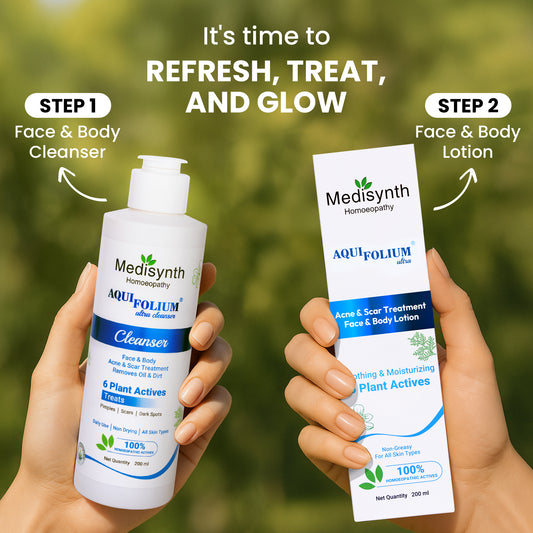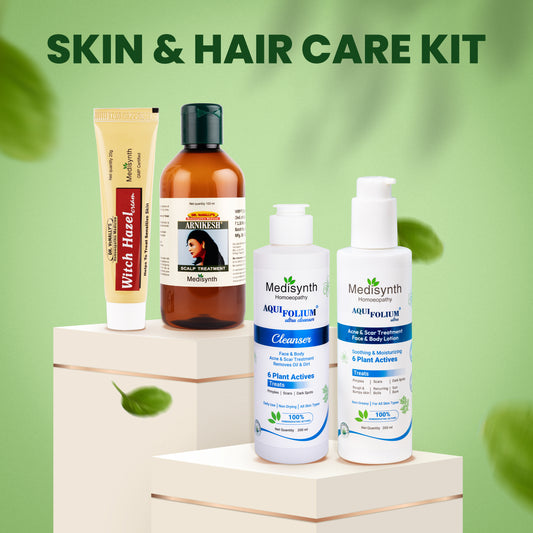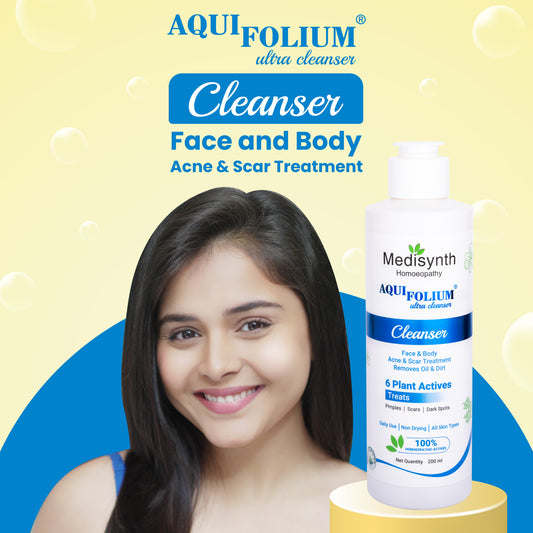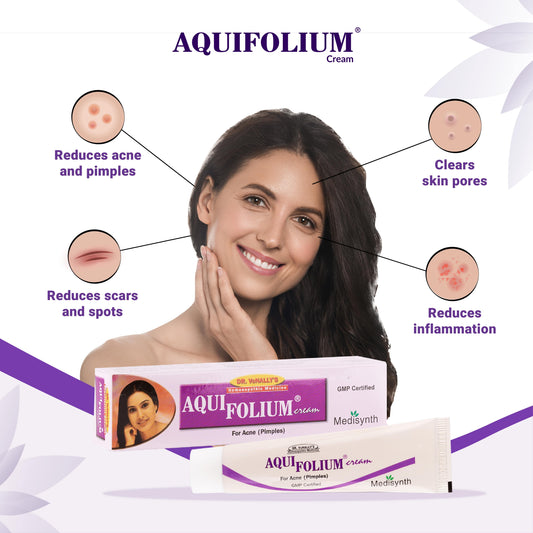Types of Facial Cleansers: Benefits & How to Use

A good skincare routine begins with the right cleanser. Whether you are dealing with oily skin, dryness, or the daily buildup of dirt and pollutants, understanding cleanser uses can completely transform how your skin looks and feels. Choosing the right cleanser for face care is about more than just picking a pretty bottle. It is about knowing what your skin truly needs.
In this article, we will explore what is a cleanser, what is a face cleanser, the different types available, key cleanser benefits, and exactly how to use face wash correctly. If you have ever been confused about when to use cleanser, or wondered if your current facial cleanser is doing its job, this guide will walk you through everything you need to know.
What is a Cleanser?
Before diving into the types, let us answer a basic but crucial question: what is cleanser? A cleanser is a skincare product specifically designed to remove dirt, oil, makeup, sunscreen, and other impurities from your skin. Unlike regular soaps, a good cleanser for face care maintains your skin’s natural barrier and pH balance while delivering a deep clean.
Understanding what a face cleanser emphasizes its importance in your daily routine. Facial cleansers are milder than body soaps and crafted to match the delicate skin on your face, ensuring you avoid dryness, irritation, or clogged pores.
Types of Facial Cleansers
There are several types of facial cleansers, each suited to different skin types and concerns. Knowing the right type can unlock all the wonderful cleanser benefits for your skin.
Gel Cleansers
Gel cleansers have a lightweight, jelly-like texture that works exceptionally well for oily and acne-prone skin. They are designed to penetrate pores deeply, removing excess sebum and helping to prevent breakouts.
Cleanser uses for gel cleansers:
- Deep cleansing to prevent acne
- Unclogging pores
- Reducing oiliness without over-drying
How to use: Apply a small amount to damp skin, massage gently in circular motions, and rinse thoroughly with lukewarm water.
Cream Cleansers
Cream cleansers are rich, creamy, and hydrating, making them perfect for dry or sensitive skin types. They remove impurities while leaving a nourishing layer of moisture behind.
Cleanser uses for cream cleansers:
- Hydrating dry skin
- Gently cleansing without stripping natural oils
- Soothing sensitive or irritated skin
How to use: Apply to dry or slightly damp skin, massage in, and wipe off with a warm, damp cloth or rinse with water.
Foam Cleansers
Foam cleansers start as a cream or gel and lather into a foamy texture when mixed with water. They are a good match for combination or oily skin but can be too drying for those with very dry skin.
Benefits of foam cleansers:
- Lightweight feel
- Thorough cleansing
- Excellent for removing makeup and sunscreen residue
How to use: Lather a small amount with water, massage onto wet face, and rinse clean.
Oil-Based Cleansers
Oil-based cleansers may seem counterintuitive, especially if you have oily skin, but they are highly effective. They dissolve makeup, sunscreen, and excess oils gently without stripping the skin.
Uses for oil cleansers:
-
Effective makeup removal
-
Double-cleansing method
-
Maintaining skin's moisture balance
How to use: Apply the oil directly to dry skin, massage to dissolve impurities, then rinse off with water or wipe with a soft cloth.
Micellar Water
Micellar water is a gentle, no-rinse cleanser that contains micelles, which are tiny cleansing molecules suspended in water. It is ideal for sensitive skin, quick cleansing, or when you need a fuss-free option.
Benefits of micellar water:
-
Gentle cleansing without water
-
Refreshing and hydrating
-
Great for travel or gym bags
How to use: Soak a cotton pad with micellar water and gently swipe across the face until clean.
Clay Cleansers
Clay cleansers contain natural clays like kaolin or bentonite, which help detoxify the skin by drawing out impurities and excess oils. These are best suited for oily, combination, or congested skin.
Uses for clay cleansers:
-
Deep pore cleansing
-
Oil control
-
Mattifying the skin
How to use: Apply to damp skin, massage in gently, and rinse thoroughly.
Powder Cleansers
Powder cleansers are dry powders that turn into a paste or foam when mixed with water. They are usually formulated with enzymes or gentle exfoliants and are a fantastic option for gentle daily exfoliation.
Benefits of powder cleansers:
-
Customizable texture
-
Gentle exfoliation
-
Travel-friendly
How to use: Pour a small amount into your palm, add a few drops of water to create a paste, and massage onto the face before rinsing.
Cleanser Benefits for the Skin
Using the right cleanser can deliver numerous benefits beyond just cleaning your face.
-
Maintains skin health: Regular cleansing removes dirt, pollutants, and bacteria that can lead to breakouts and dullness.
-
Boosts hydration: Some cleansers help lock in moisture and support the skin’s natural barrier.
-
Prepares skin for other products: Cleansed skin can better absorb serums, moisturizers, and treatments.
-
Fights acne and blemishes: Certain cleansers target acne-causing bacteria, reducing breakouts.
-
Enhances skin texture: Consistent cleansing can refine pores and improve skin smoothness over time.
Understanding cleanser benefits can help you appreciate why proper cleansing is considered the foundation of effective skincare.
How to Use Face Wash Properly
Now that you know the types and cleanser benefits, let us discuss how to use face wash properly to get the maximum results.
-
Wash your hands first to avoid transferring dirt and bacteria onto your face.
-
Wet your face with lukewarm water. Hot water can dry out and irritate the skin, while cold water might not cleanse properly.
-
Apply a small amount of cleanser to your fingertips.
-
Massage gently in circular motions for about 30 seconds to one minute, focusing on areas prone to oil buildup like the forehead, nose, and chin.
-
Rinse thoroughly with lukewarm water to ensure no residue is left behind.
-
Pat dry your skin with a clean, soft towel. Never rub harshly.
-
Follow up with your skincare routine, like toner, serum, moisturizer, and sunscreen.
Learning how to use face wash effectively ensures that your skin gets the maximum benefit without irritation or over-stripping.
When to Use Cleanser
A common question many have is when to use cleanser for best results. Ideally, you should cleanse your face:
-
Morning: To remove sweat, oil, and any skincare product buildup from overnight.
-
Evening: To wash off makeup, sunscreen, dirt, and pollutants accumulated throughout the day.
If your skin feels especially oily or sweaty during the day, a gentle cleanse can help refresh it without overdoing it. However, be careful not to over-cleanse, as this can strip the skin of its natural oils and cause irritation.
Choosing the Right Facial Cleanser for Your Skin Type
Selecting the best facial cleanser depends heavily on your skin type and concerns.
-
Oily skin: Gel, foam, or clay cleansers work best.
-
Dry skin: Cream, oil-based, or hydrating cleansers are ideal.
-
Combination skin: Foam or gel cleansers balance well.
-
Sensitive skin: Micellar water or harsh chemical-free cream cleansers are recommended.
-
Acne-prone skin: Gel cleansers with natural ingredients such as aloe vera, tea tree oil or honey help manage breakouts.
-
Consulting with a dermatologist can further help tailor a cleanser choice to your specific needs.
Conclusion
Understanding cleanser uses and the various types available empowers you to make smarter choices for your skincare routine. Whether you prefer a refreshing gel, a hydrating cream, or a convenient micellar water, the right facial cleanser can make all the difference in achieving healthy, glowing skin.
By knowing what is cleanser, what is face cleanser, and applying the correct technique for how to use face wash, you can maximize all the incredible cleanser benefits that lead to fresher, clearer, and more radiant skin. Cleansing is not just a step. It is the foundation of your entire skincare journey. Choose wisely, cleanse gently, and let your skin shine at its natural best.
References









